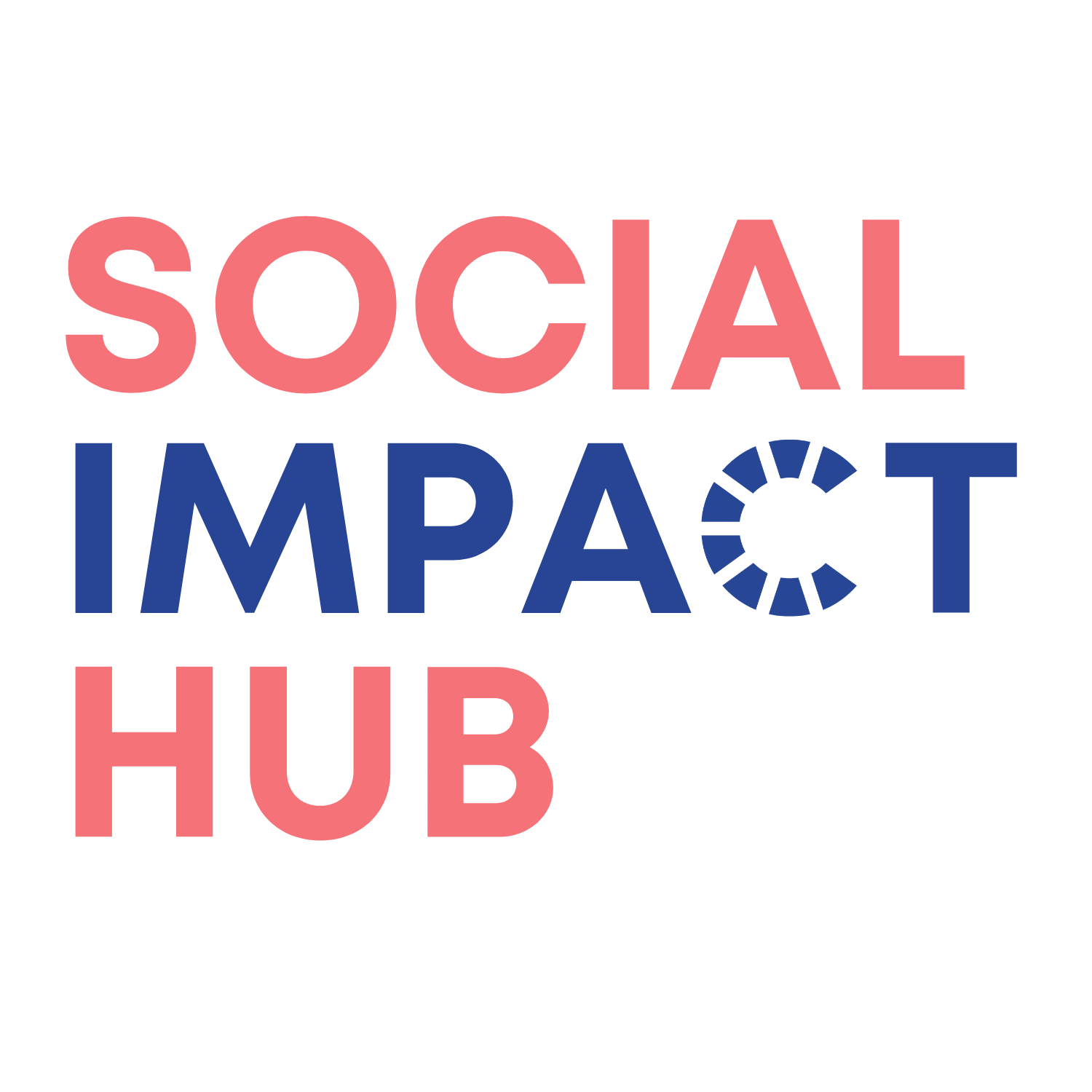Young Australians: More than Just Skinny Jeans and Tight Pockets? Emerging Trends in Workplace Giving
New Australian research examines the giving habits of young Australians at work.
Workplace Giving, the all-encompassing definition for contributions of money, time, skills and in-kind support donated by employees of an organisation to a charity or social cause,[1] is a familiar concept to most Australians. Annually Australians donate more than $90 million through Workplace Giving Programs (WGPs). However, studies suggest staff participation and firm engagement with WGPs has actually plateaued.[2]
A recent study by SEEK, the Australian Charities Fund and the Social Impact Hub analysed the giving habits, motivations and attitudes to Workplace Giving of over 170 young private sector employees. The purpose of the research was to provide recommendations to increase staff participation and firm engagement with WGPs amongst Young Australians. For the purposes of the study, ‘Young Australians’ were defined as the group of people born between 1980 and 2000.
Awareness
The Social Impact Hub research found that 15.4% of Young Australians surveyed reported that they were unsure as to whether their organization had a WGP. In corporate environments, where technology is increasingly being used to maximise engagement with employees, organisations must look towards using innovative channels to drive awareness and promotion around Workplace Giving opportunities. If anything, increased technology usage should enable the process of engaging Workplace Giving as it removes the incumbent complicated process of opting in through paper forms.
“I joined … as a volunteer, so maybe that's why I wasn't informed about their workplace giving program, but it's something I would have been interested in.”
- Aly 22
Motivations
The survey aimed to ascertain the value that respondents placed on various factors and motivations in engaging in WGPs. Existing Workplace Giving participants valued the convenience and tax effectiveness of the program, having their preferred charity included, their donations matched and being able to see the impact they were making as a team. By comparison, some of the least popular motivations included workplace pressure and personal recognition within the workplace.
Amongst non-donors, knowing where their money was being spent, their level of income, confidence that selected charities had been screened and donation matching from their employer were the main motivations.
“If there is enough information given about the charities and the company’s involvement with the charity, that would influence my giving.”
- Caroline 22
Engaging non-donors
The research identified the following four key motivators that influenced Young Australians to engage in WGPs:
Emotional connection – being able to choose to give to charities and causes that aligned with an employee’s personal preferences;
Trust – giving to charitable partners that are seen as reliable, trustworthy and financially transparent;
Visibility – understanding the impact that their donations are achieving; and
Financial concerns –giving being influenced by issues such as income, donation matching and tax effectiveness.
Employees should be granted the freedom to both decide where their donations are directed as well as monitor the impact of their donation. In line with research from the United States which suggests donors are increasingly looking to engage in the peer-to-peer and social dimensions of employee engagement,[3] organisations should support and encourage employees to attend giving campaigns and events associated with their donation charity. In response, charities should use technology to better communicate their performance for giving participants.
The Social Impact Hub also recommended that companies should engage their employees when selecting causes to support so they align with those supported by the employees. When employees feel a personal connection with the charities supported by their employer, they are more likely to increase their level of engagement with their organisation’s WGP. Ultimately this is likely to translate into higher levels of donations.
Here is an infographic that summarises the main findings of the research: Workplace Giving Infographic.
To view a flipbook version of the report, please click through to the Australian Charities Fund website:
http://australiancharitiesfund.org.au/motivations-for-workplace-giving-report/
[1] Australian Charities Fund, Engagement: Recognising the Value of Workplace Giving (26 June 2013) The Australian Charities Fund, 8 <www.australiancharitiesfund.org.au>;
[2] The Social Impact Hub, Reviewing and Revitalising Workplace Giving (Report, July 2015), The Social Impact Hub 7;
[3] Pro-Bono Australia, Emerging Trends in Workplace Giving (13 November 2013) Pro Bono Australia, <http://www.probonoaustralia.com.au/news/2013/11/emerging-trends-workplace-giving>;
